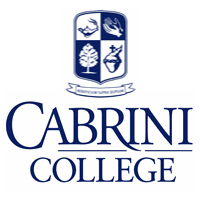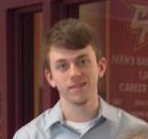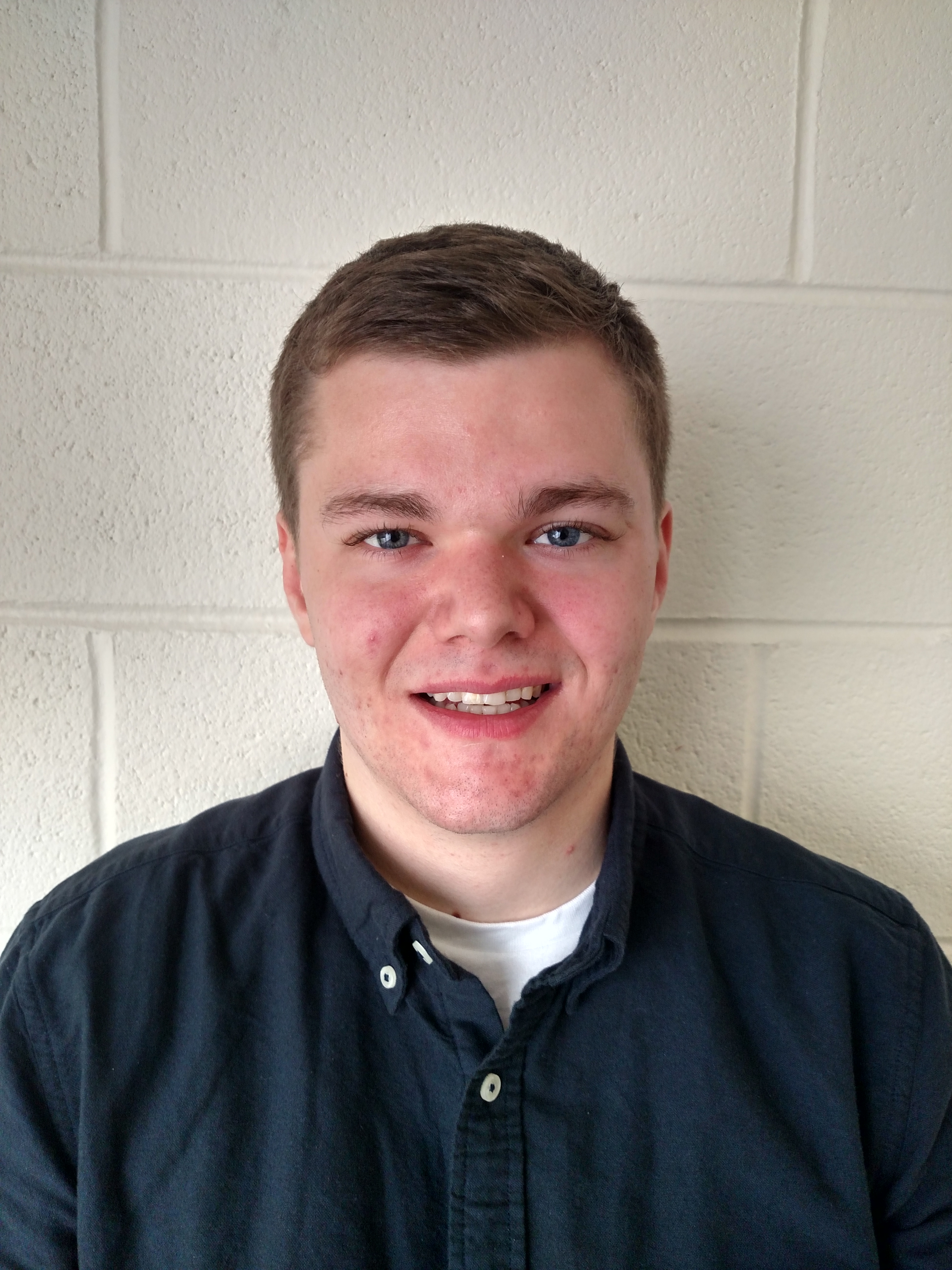Below is a summary of the abstract you submitted. Presenting author(s) is shown in bold.
If any changes need to be made, you can modify the abstract or change the authors.
You can also download a .docx version of this abstract.
If there are any problems, please email Dan at dar78@pitt.edu and he'll take care of them!
This abstract was last modified on May 8, 2016 at 10:10 p.m..

We present an enrichment protocol for the isolation of bacteriophages infecting bacteria in the Arthrobacter genus of bacteria. This enrichment protocol produces fast and reproducible results for the isolation and amplification of Arthrobacteriophages from soil samples. The enrichment technique uses a filtered extract free of contaminating bacteria. By first removing soil bacteria the target phages are not hindered by competition with native soil bacteria present in initial soil samples. This enrichment method has resulted in the identification of 43 unique arthrobacteriophages and even produced different types of phages from the same enriched soil sample isolate over the past two years of classes engaged in the SEA-PHAGES program at our institution. In the development of the procedure described here we attempted to account for selective bias inherent in any enrichment procedure by testing a range of CaCl2 concentrations and growth temperature conditions. What became apparent is that arthrobacteriophages show physiological differences of host infection preferences dependent on calcium ion concentration and incubation temperature conditions. Furthermore, arthrobacteriophages identified within given Clusters show similar physiological growth characteristic patterns. Of our 35 phages that had their genomes sequenced, 12 are found in Cluster AK, 4 in Cluster AM, 2 in Cluster AN, 2 in Cluster AO, 5 in Cluster AQ, 9 in Cluster AR, 1 in Cluster AU. Of these, phages in Clusters AK, AM, AN, AQ and AU have the siphoviral morphotype and phages in Clusters AO and AR have the myoviral morphotype. Of the characterized siphoviruses, ones in Cluster AM have a prolate head morphology. Comparative genomic analysis indicates that some Clusters consist of members that are fairly diverse on the genomic level such as the Cluster AK phages whereas other Clusters consist of members that are fairly conserved on the genomic level such as the Cluster AR phages. Broadly speaking, the use of our enrichment protocol with luria broth (LB) media should prove to be useful for the isolation of phages from additional hosts. While LB has been the industry standard for culturing Escherichia coli strains and other members of the Enterobacteriaceae, it supports the growth of a wide variety of bacteria in aerobic conditions making it likely applicable for the isolation of phages that can infect a wide variety of different types of bacteria including Actinobacterial hosts.


